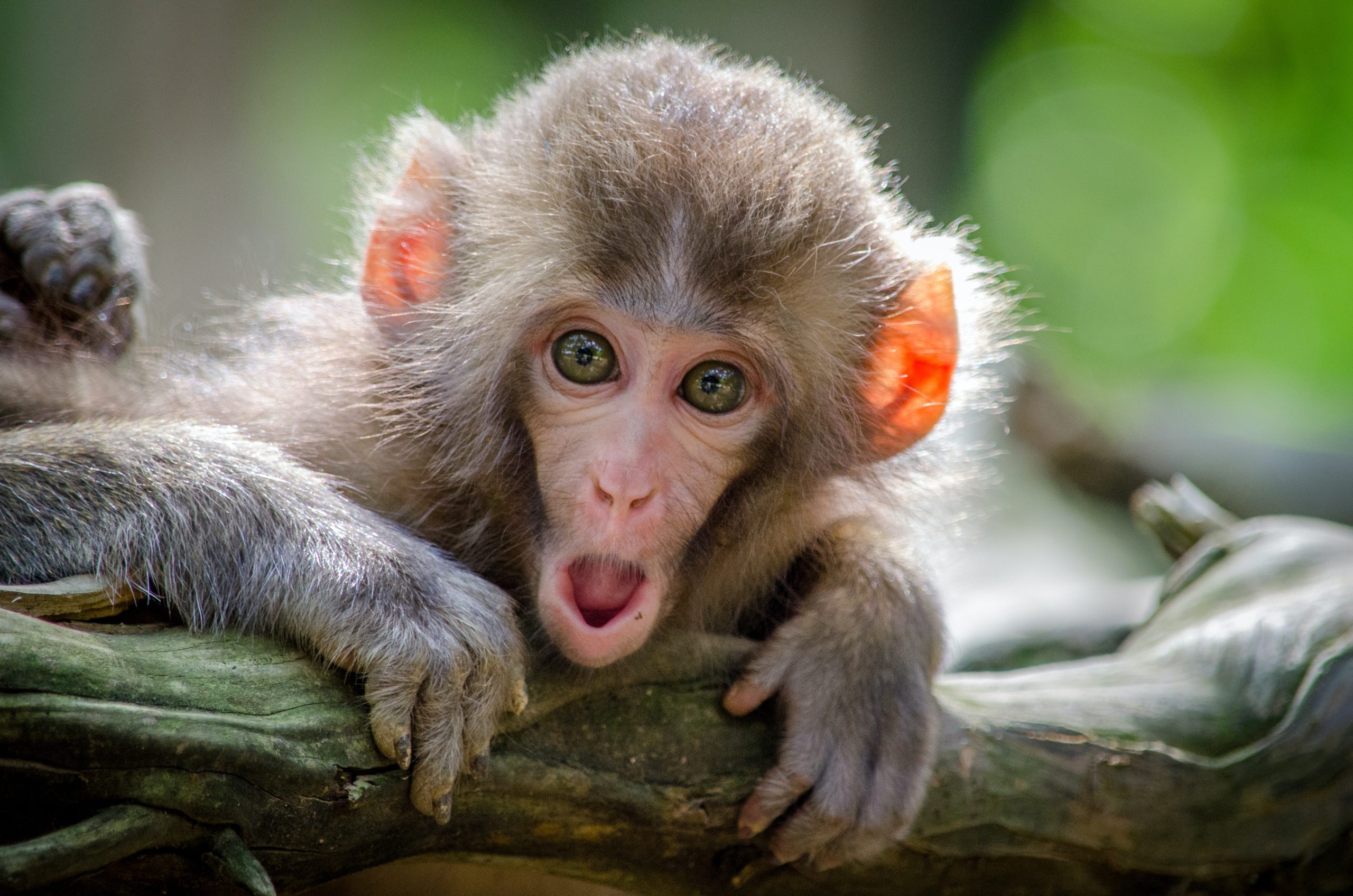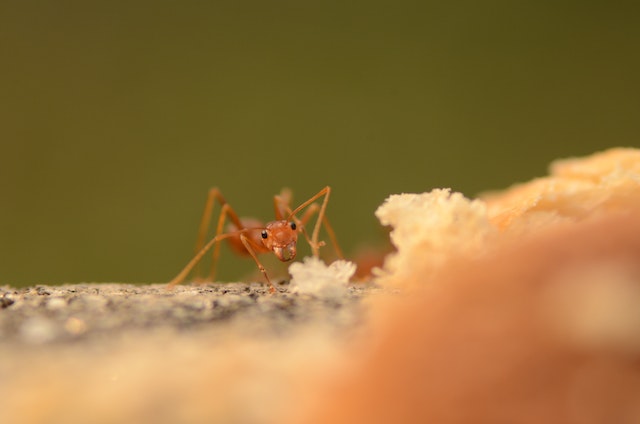Monkeys are some of the most fascinating creatures on the planet. These primates are known for their intelligence, acrobatic skills, and social behavior. With over 260 species of monkeys found in the wild, there is much to discover and learn about these animals.
First, let’s talk about what makes a primate a primate. Primates are a group of mammals that include monkeys, apes, lemurs, and humans. They are characterized by features such as forward-facing eyes, opposable thumbs, and flexible limbs that allow them to move and grasp objects with ease.
Monkeys are further divided into two groups: New World monkeys and Old World monkeys. New World monkeys are found in Central and South America, while Old World monkeys are found in Africa and Asia. There are many differences between these two groups, including physical characteristics and behavior.
One thing that makes monkeys unique is their social behavior. Many species of monkeys live in large groups called troops, which can include up to several hundred individuals. Within these groups, there is a complex social hierarchy that determines the position and rank of each individual. Monkeys communicate with each other through a variety of vocalizations, facial expressions, and body language.
Another fascinating aspect of monkeys is their intelligence. Many species of monkeys have been observed using tools, solving problems, and exhibiting other signs of advanced cognitive abilities. Some species, such as capuchin monkeys, have even been taught to use money as a form of currency!
However, despite their intelligence and social behavior, many species of monkeys are facing threats such as habitat loss, hunting, and the illegal pet trade. Conservation efforts are crucial in order to protect these amazing creatures and their habitats.
In conclusion, monkeys are a fascinating and diverse group of animals that play an important role in many ecosystems around the world. By learning more about these primates, we can gain a better understanding of their behavior, ecology, and conservation needs.










